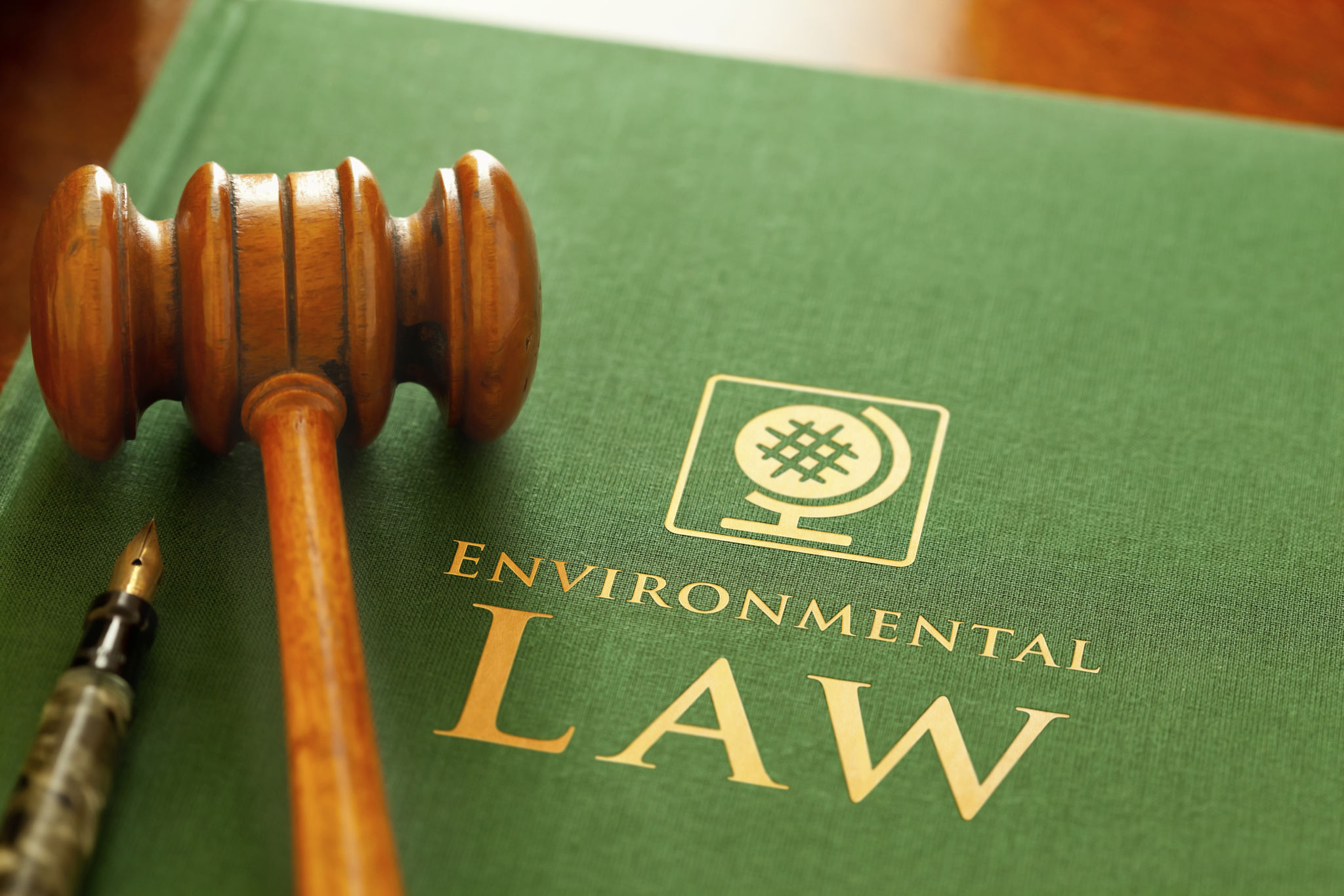Understanding the Impact of Local Regulations on Workplace Restoration
Understanding Local Regulations
When it comes to workplace restoration, understanding local regulations is crucial. These regulations can have a significant impact on how restoration projects are planned and executed. Compliance with these rules not only ensures the safety and well-being of employees but also helps businesses avoid legal penalties and fines. It's essential for companies to be aware of the specific regulations that apply to their location and industry.

Local regulations can vary significantly from one region to another, making it important for businesses to stay informed about changes and updates. These regulations often encompass building codes, health and safety standards, and environmental guidelines. Failure to comply can lead to project delays and increased costs, ultimately affecting the bottom line.
The Influence of Building Codes
Building codes are among the most critical regulations affecting workplace restoration. They dictate the structural integrity, safety measures, and accessibility standards that must be met during a restoration project. Adhering to these codes is not just a legal requirement; it’s also a matter of ensuring a safe environment for all occupants.

For instance, businesses must ensure that any structural changes or repairs meet the current building codes, which may have been updated since the original construction. This might involve upgrading electrical systems, reinforcing structural components, or improving fire safety measures. It's vital for companies to work closely with qualified professionals who are knowledgeable about local building codes.
Health and Safety Standards
Health and safety standards are another critical aspect of local regulations impacting workplace restoration. These standards are designed to protect employees from potential hazards during and after the restoration process. Ensuring compliance involves assessing potential risks and implementing measures to mitigate them.

Businesses should conduct comprehensive risk assessments to identify any potential health and safety issues. From ensuring proper ventilation to managing hazardous materials, compliance with these standards is essential for creating a safe work environment. Regular training and updates for employees on safety practices can further enhance compliance and safety.
The Role of Environmental Regulations
Environmental regulations also play a significant role in workplace restoration projects. These regulations aim to minimize the impact of construction activities on the environment by controlling waste disposal, emissions, and resource usage. Companies are required to develop strategies that align with these environmental guidelines.
Implementing sustainable practices, such as recycling materials or using eco-friendly products, can help businesses meet these regulatory requirements. Additionally, obtaining necessary permits for activities that may affect the environment is crucial for avoiding potential legal issues.

Staying Compliant
To remain compliant with local regulations, businesses should consider establishing a compliance team or engaging with legal experts who specialize in local laws. Regular audits and reviews of restoration plans can help identify areas of non-compliance before they become problematic.
Furthermore, maintaining open communication with local authorities can facilitate smoother project approvals and offer guidance on adhering to specific regulations. Proactive engagement and continuous education about local laws will benefit any workplace restoration project.

In conclusion, understanding the impact of local regulations on workplace restoration is essential for any business looking to undertake such projects. By prioritizing compliance with building codes, health and safety standards, and environmental regulations, companies can ensure successful restoration outcomes while safeguarding their employees and minimizing legal risks.